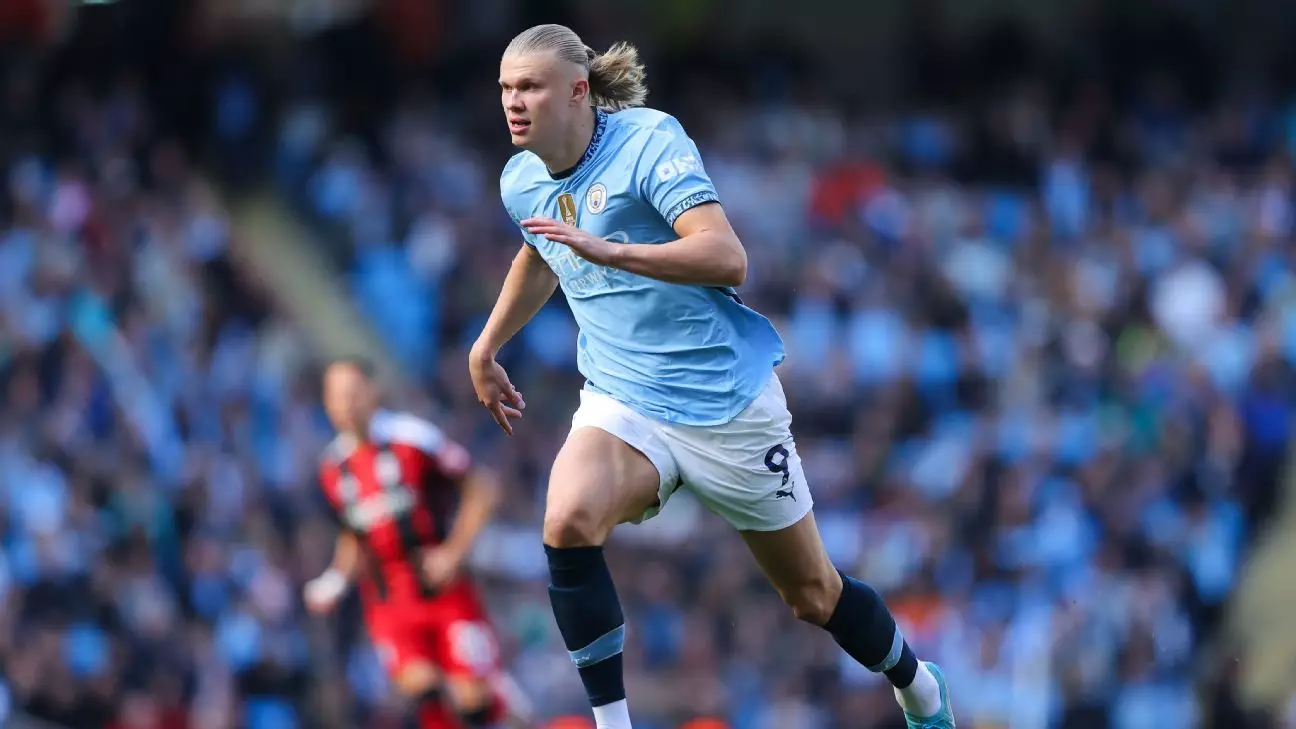The Premier League has always been a battleground of skill, strategy, and speed. This season, the spotlight shines on Erling Haaland from Manchester City, who has sprinted his way to an impressive speed of 35.7 km/h, making him one of the contenders among the league’s swiftest. Collecting data from reputable sources like BBC Sport and Opta offers an insightful glimpse into the rapid athleticism on display this year. Yet, while Haaland’s performance is noteworthy, he finds himself slightly trailing behind Tottenham Hotspur’s Micky van de Ven, who boasts an astonishing top speed of 37.1 km/h.
Van de Ven’s speed was notably showcased during a commanding performance against Manchester United’s defense at Old Trafford, where he not only demonstrated his pace but also played a pivotal role in orchestrating a goal. His explosive sprint from deep within his half to set up a teammate illustrates how speed can be a game-changer on the pitch. This highlights a critical aspect of football: speed is not merely about individual accolades, but rather about affecting the game dynamically.
Following Van de Ven, the race for speed continues with Wolverhampton Wanderers’ Carlos Forbs, who clocked in at 36.6 km/h, and Nottingham Forest’s Anthony Elanga, recording a notable 35.9 km/h. What’s striking about these figures is not only the raw pace but also their implications for team strategies. Speedsters like Elanga and Forbs add depth to their respective teams’ attacking options, often catching defenders off guard and facilitating more fluid transitions.
However, not all pace relied upon traditional expectations. Kyle Walker, once a perennial name at the top of the speed charts, has experienced a dip in his rapid rankings, now placed at 80th. This decline raises questions about the longevity of speed as a defining trait in a player’s career. Meanwhile, players such as Gabriel Martinelli and Alejandro Garnacho are emerging as the fast-paced representatives for their clubs, with Martinelli reaching 35.6 km/h and Garnacho closely following at 35.5 km/h. Their ascension indicates a shift in player dynamics—where youth is combined with agility to create fresh threats on the field.
Chelsea’s Pedro Neto and Liverpool’s Trent Alexander-Arnold also added their names to the speed ledger, marking 35.4 km/h and 34.7 km/h respectively. These players illustrate the evolving landscape of speed in football, where tactical awareness and positioning often trump raw pace alone. In this light, speed serves as a tool rather than the sole defining trait of a player’s effectiveness.
As the season progresses, the hierarchy of speedsters will likely shift again. The dance between speed, skill, and strategy will continue to captivate fans and analysts alike, reminding us that football remains as much about technique and intelligence as it is about top speeds. In this league of lightning-fast athletes, the race is not just against the clock; it’s a reflection of the beautiful game’s ever-evolving nature.
